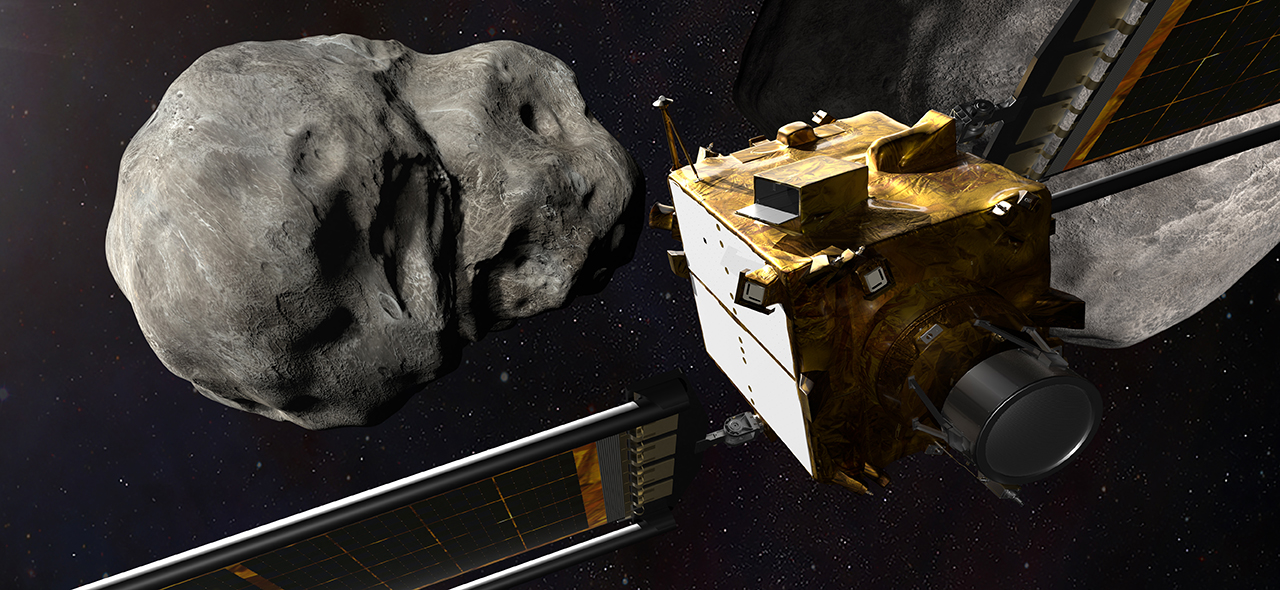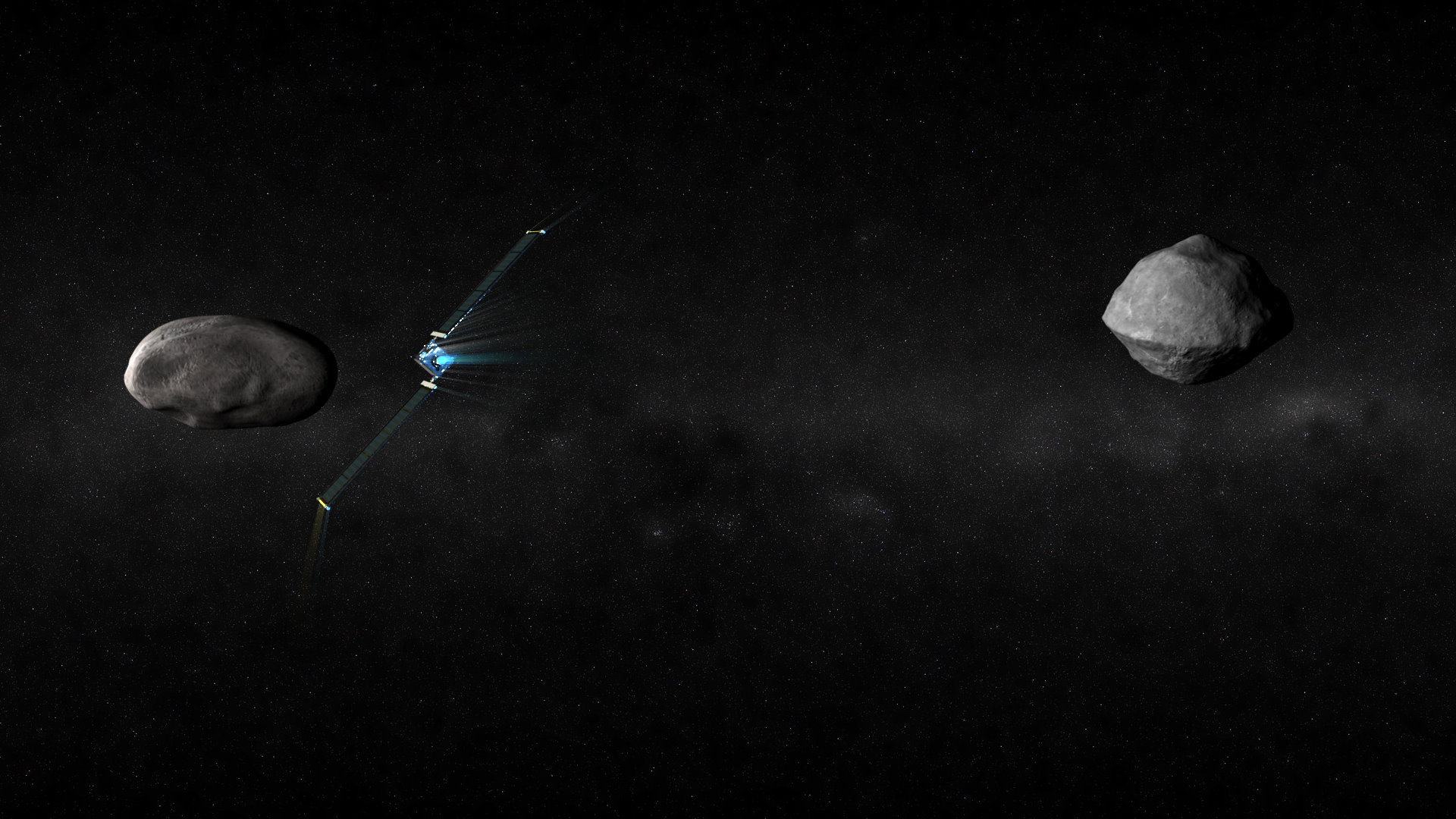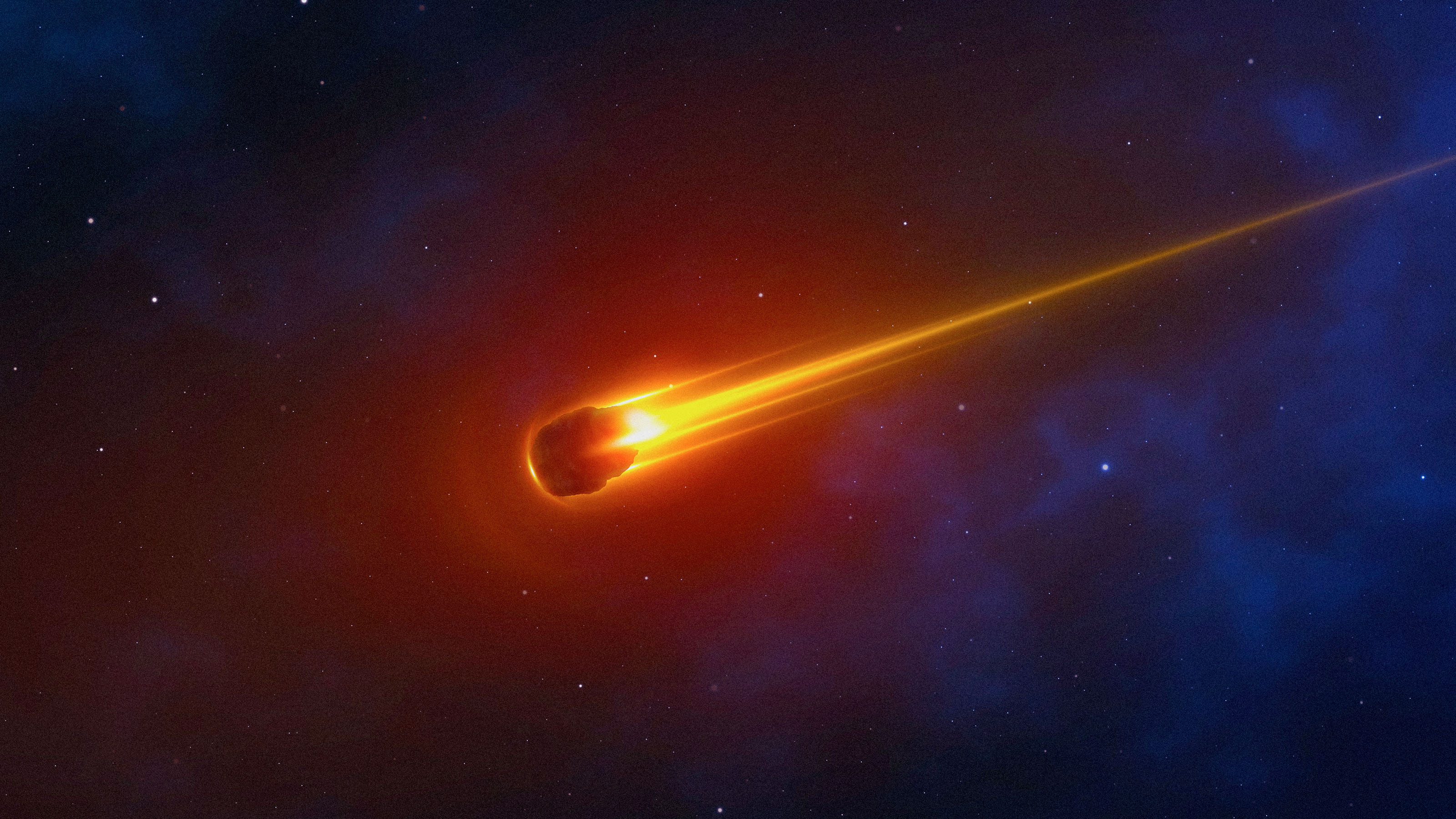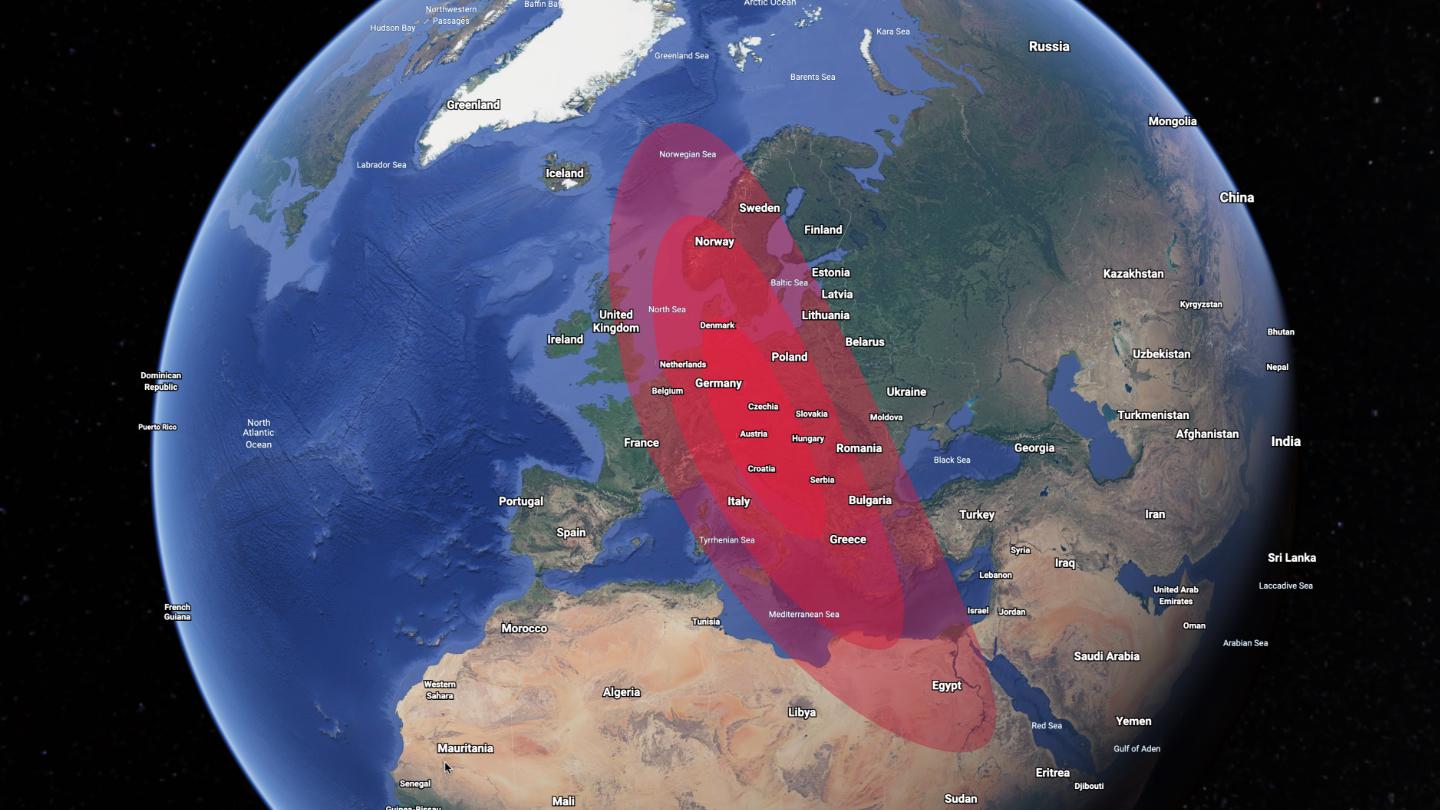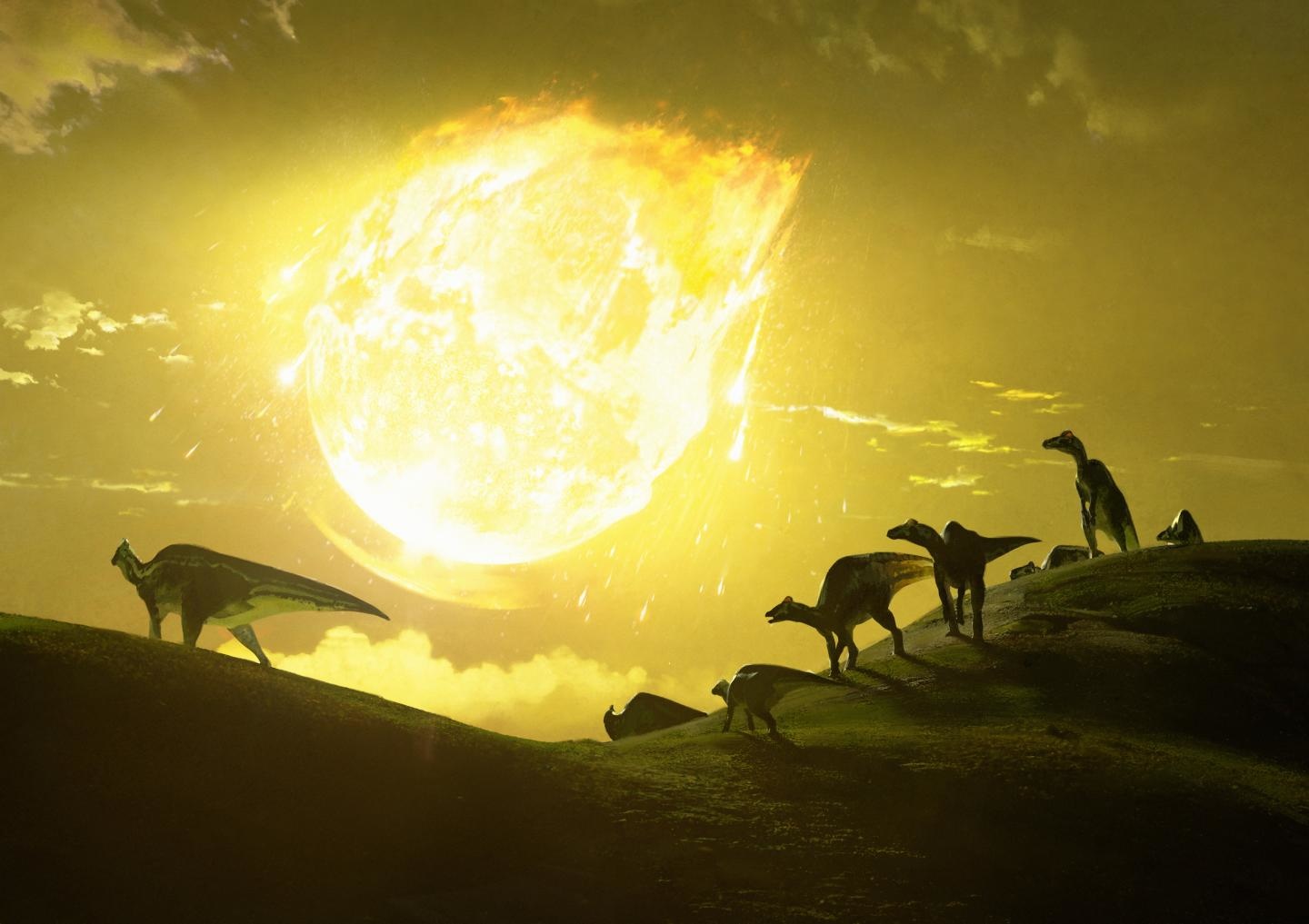NASA’s DART mission could save civilization
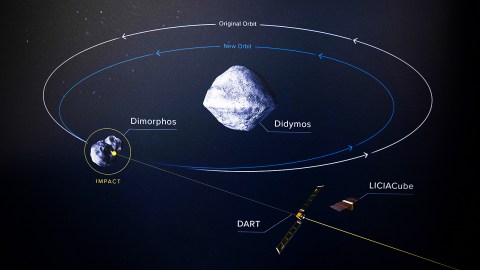
- An asteroid famously wiped out the dinosaurs about 66 million years ago. Could another one do the same to us?
- That question has led NASA scientists and engineers to develop the DART program, whose mission was to redirect the motion of an asteroid.
- The mission was a resounding success.
On November 24, 2021, A SpaceX Falcon 9 leaped from a launch pad at Vandenberg Space Force Base in California, clawing its way into space. The capsule at its tip carried neither humans nor provisions for the International Space Station; the cargo was more consequential than that. The rocket’s upper stage carried a prototype spacecraft called DART that would help scientists and engineers develop a program that one day may be needed to save civilization. A recent test of this technology was a resounding success.
Defending Earth
DART (the Double Asteroid Redirection Test) is part of a much bigger program that hopes to redirect the trajectory of an asteroid aimed at Earth, the consequences of which could be catastrophic. This week, NASA announced that the DART mission successfully altered the path of an asteroid.
The DART mission targeted an asteroid called Dimorphos for the test. Dimorphos is a moon-like object orbiting a much larger asteroid called Didymos. Dimorphos has a mass of about five billion kilograms, while the much larger Didymos has a mass of about 540 billion kilograms. These asteroids are not themselves a danger to humanity, as the closest they get to Earth is about 30 times greater than the distance to the Moon.
Dimorphos was chosen because it orbits Didymos in a way such that it crosses in front of the larger asteroid as seen from Earth. This allows astrophysicists to time its orbit very precisely. Before the launch of DART, the smaller asteroid orbited the larger every 11 hours and 55 minutes.
The DART mission plan included shooting a 610-kg spacecraft at the center of Dimorphos at the staggering speed of 4 miles per second — or 14,400 mph. Before DART was launched, researchers’ conservative estimate was that the impact might shorten Dimorphos’ orbit, resulting in a ten-minute reduction in the time required for a single orbit.
On September 26, 2022, DART hit Dimorphos exactly as planned. Surprisingly, its new period is 32 minutes less than it was previously, meaning that NASA scientists successfully redirected the motion of an asteroid in space by a larger degree than expected.
Is an asteroid a real threat?
So, why are scientists doing this? What kind of damage could happen if a rock fell from space? Is this something to worry about? Is the scenario recently depicted in the Netflix original movie Don’t Look Up real?
Well, the most famous example of an asteroid hitting Earth occurred about 66 million years ago, when one struck in the shallows just off the Yucatán peninsula in Mexico. Tsunamis a mile high spread across the globe, scouring it clean as red-hot debris ejected into the air from the impact rained back down on the parts of the planet too high for the waves to reach, setting much of it on fire. The carnage killed 75% of the species alive at the time, including most of the dinosaurs. It wasn’t a good time to be alive — though the extinction of the non-avian dinosaurs opened up an opportunity for mammals to take over, eventually resulting in the evolution of humans.
Planet-changing impacts are rare, but smaller impacts occur all the time. The most familiar are meteors or shooting stars, which safely burn up in the atmosphere. These pose no danger at all.
However, between these two extremes are instances when fairly large rocks hit the Earth. In 1908, a meteor entered the Earth’s atmosphere over Tunguska, which is in a remote section of Siberia. The energy released was equivalent to about 10 to 15 megatons of TNT — similar to a very large hydrogen bomb. The shock wave flattened trees over an area of 830 square miles, and it broke glass and knocked people off their feet hundreds of miles away.
More recently, in 2013, another large meteor hit the Earth over the Russian city of Chelyabinsk. This impact was much smaller, about 470,000 tons of TNT — or about 35 times the energy released by the Hiroshima bomb. However, this impact was still significant: Over a thousand people were injured by the event, mostly from flying glass.
The bottom line is that meteors continue to pummel the Earth, both large and small. The question is not “if” another big one will the hit the Earth but “when”. And that’s why the DART mission was so important. If astronomers identify a large asteroid with Earth’s name on it, we could be in real trouble. However, if we have enough warning, we could redirect its path, and it could miss Earth altogether.
The asteroids in our neighborhood
Astronomers are scouring space near Earth, looking for possible impactors. They have found about 10,000 objects larger than 140 meters (about 500 feet) in diameter, and over 850 that are larger than a kilometer (about half a mile). Their best guess is that they have discovered approximately two-thirds of the objects out there.
Accordingly, scientists follow a two-fold approach, with some researchers looking for potentially dangerous asteroids and the others working out ways to deflect those that appear to be a threat. The DART mission was an excellent demonstration of humanity’s ability to deflect asteroids, and we should all sleep a little more soundly as a result.
